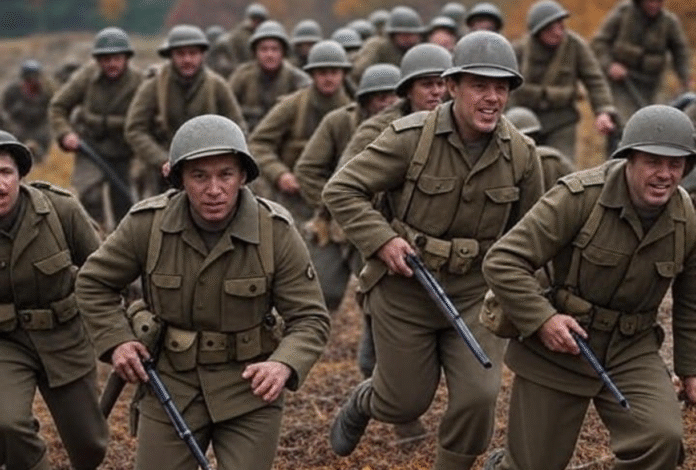America has always been a nation that preferred to stay out of other countries’ fights. Since the days of George Washington, Americans believed the vast oceans surrounding the country would keep them safe from European wars. When trouble broke out across the Atlantic, most Americans said, “That’s their problem, not ours.”
However, World War I changed everything. What started as a distant European conflict eventually pulled America into the bloodiest war the world had ever seen.
President Wilson addressing Congress in 1917
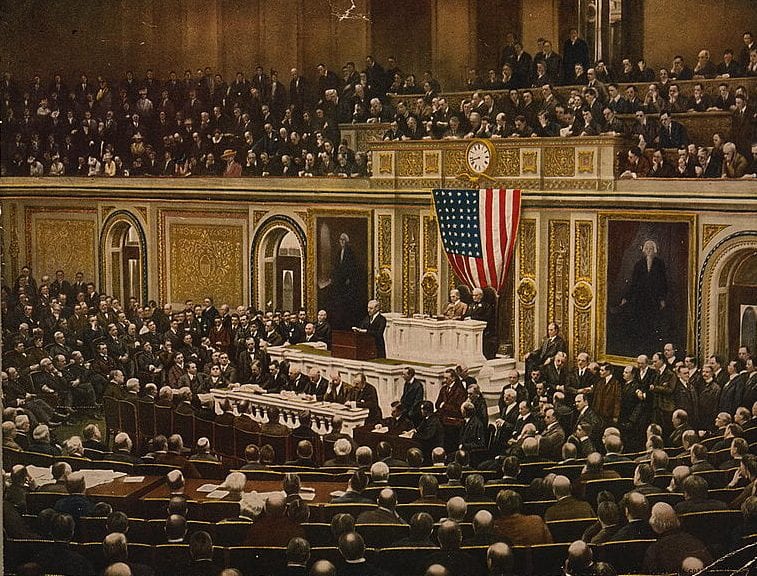
When Archduke Franz Ferdinand of Austria-Hungary was assassinated in 1914, it triggered what would become known as the Great War. At first, Americans wanted nothing to do with it. The United States was a melting pot of immigrants from all over Europe. Many American citizens had family roots in Germany and Austria-Hungary, while others traced their heritage to Britain and France. Picking sides would tear the country apart.
President Wilson and other American leaders decided the best approach was to maintain trade with all parties. After all, a neutral country should treat all sides equally, right? American businesses were also worried that choosing sides would hurt the economy.
However, Britain had other plans.
British naval blockade ships patrolling the North Sea
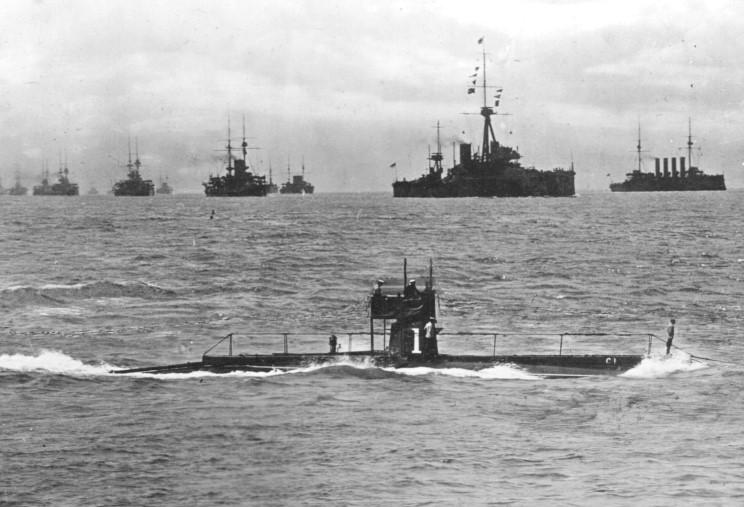
The British Navy was the most powerful in the world, and it used its naval power to strangle Germany’s economy. They set up a blockade that made it nearly impossible for American ships to reach German ports. The results were dramatic and one-sided.
Between 1914 and 1916, American trade with Britain and France more than tripled. At the same time, trade with Germany dropped by over 90 per cent. American businesses were making huge profits selling to the Allies, but Germany was being cut off completely.
The Germans were not going to take this lying down. If British ships could blockade German ports, then German submarines could sink ships heading to Britain and France. This is where things got dangerous for America.
The sinking of the Lusitania

German U-boats began attacking American ships in the Atlantic Ocean. These submarine attacks killed American sailors and passengers, outraging the public. Germany would sometimes promise to stop the attacks, then start them again when it suited their military strategy.
The final straw came when Germany tried to convince Mexico to join the war against the United States. British intelligence intercepted a secret German telegram proposing a military alliance with Mexico. Americans were furious that Germany would try to bring war to their own backyard.
On 2 April 1917, President Wilson went before Congress and asked them to declare war on Germany. He cited Germany’s broken promises about submarine warfare and its attempt to turn Mexico against America as his reasons.
Congress votes for war

Congress voted for war on 4 April 1917. However, America had a big problem: the U.S. Army only had 200,000 soldiers. That was not nearly enough to make a difference in Europe, where millions of men were already fighting.
The solution was a military draft. On 18 May 1917, the government began forcing young men to join the army. The plan was to build an army of one million soldiers, but that number kept growing. By the end of the war, nearly 4.8 million Americans had served in the military. Over 2 million of them made it to France, and 1.4 million saw actual combat.
American doughboys boarding ships

Before American soldiers could fight in Europe, they had to get there alive. German U-boats were still prowling the Atlantic, looking for ships to sink. The solution was teamwork between the American and British navies.
They developed a convoy system where groups of ships would travel together, protected by warships. They also planted underwater mines in areas where German submarines liked to hunt. The strategy worked perfectly – not a single American soldier was killed by submarines while crossing the Atlantic.
The Doughboys Arrive in France
The first American troops, nicknamed “doughboys” by the French, arrived in June 1917. However, there were not very many of them at first. It took time to train the new soldiers and get them ready for the brutal warfare they would face in Europe.
The timing was critical. In 1917, Russia dropped out of the war after the Bolshevik Revolution. This meant Germany could move hundreds of thousands of troops from the Eastern Front to face Britain and France in the west. Without fresh American troops, the Allies might have lost the war.
American soldiers while training in France
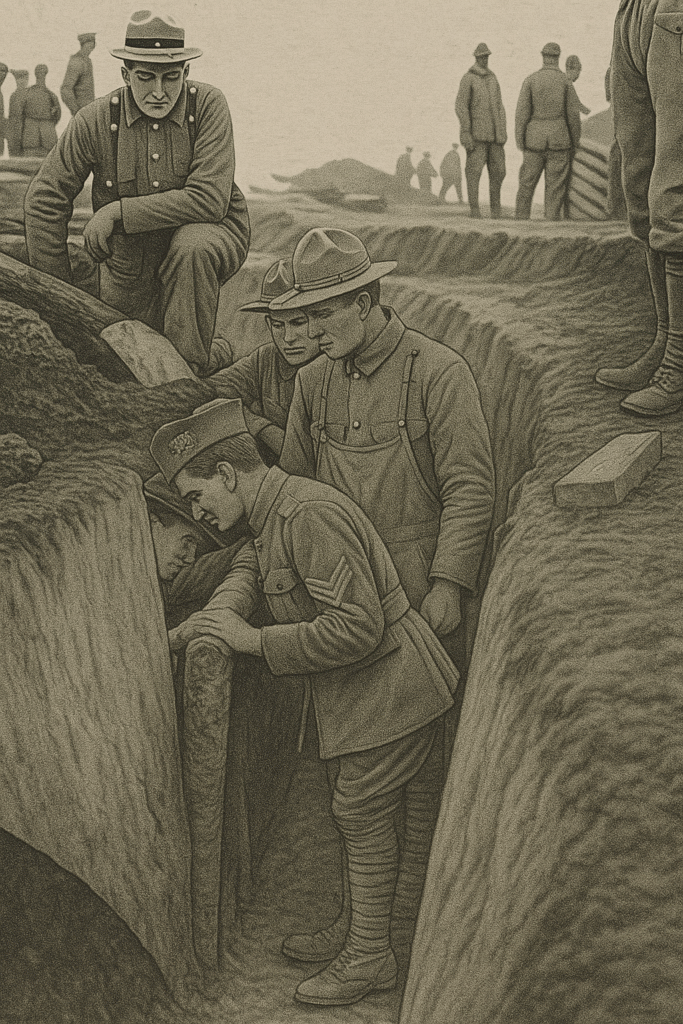
Life in Paris and Problems with Disease
By early 1918, American soldiers were pouring into France. Many of these young men had never been far from home, and Paris was unlike anything they had ever seen. Unfortunately, many got into trouble with the city’s nightlife.
About 15 per cent of American troops in France caught venereal diseases from prostitutes, costing the military millions of dollars in medical treatment. The army had to set up exceptional hospitals and education programs to deal with the problem.
African American soldiers with French troops
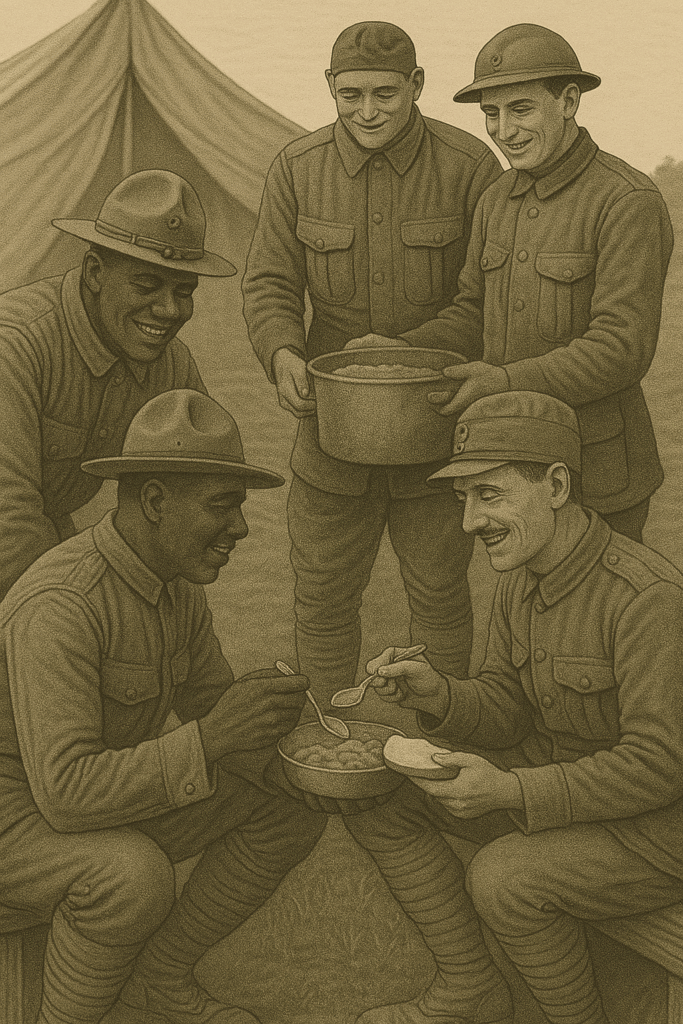
African American Soldiers Find Respect
African American soldiers made an interesting discovery in France. The French treated them much better than their own white American comrades did. This created some awkward situations for the U.S. military, which was still segregated at the time.
Germany even tried to take advantage of this situation by dropping leaflets on black American troops. The leaflets promised that African Americans would be treated better if Germany won the war. However, none of the black soldiers took the offer seriously – they were fighting for America, regardless of how America treated them.
The Final Push to Victory
By spring 1918, American doughboys were in the thick of the fighting. A massive German offensive came within 50 miles of Paris, threatening to end the war in Germany’s favour. American troops played a crucial role in stopping this attack at battles like Chateau-Thierry and Belleau Wood.
Battle of the Argonne Forest

In September 1918, the Allies launched their own offensive to push German troops back from the Meuse River. The fighting moved into the Argonne Forest, where American forces suffered heavy casualties fighting through German trenches and barbed wire.
However, the German army was running out of men and supplies. They began retreating, and their government started looking for a way out of the war.
The War Ends
On 11 November 1918, Germany agreed to an armistice. The guns fell silent at 11 AM – the 11th hour of the 11th day of the 11th month. The Great War was finally over.
Armistice Day celebrations
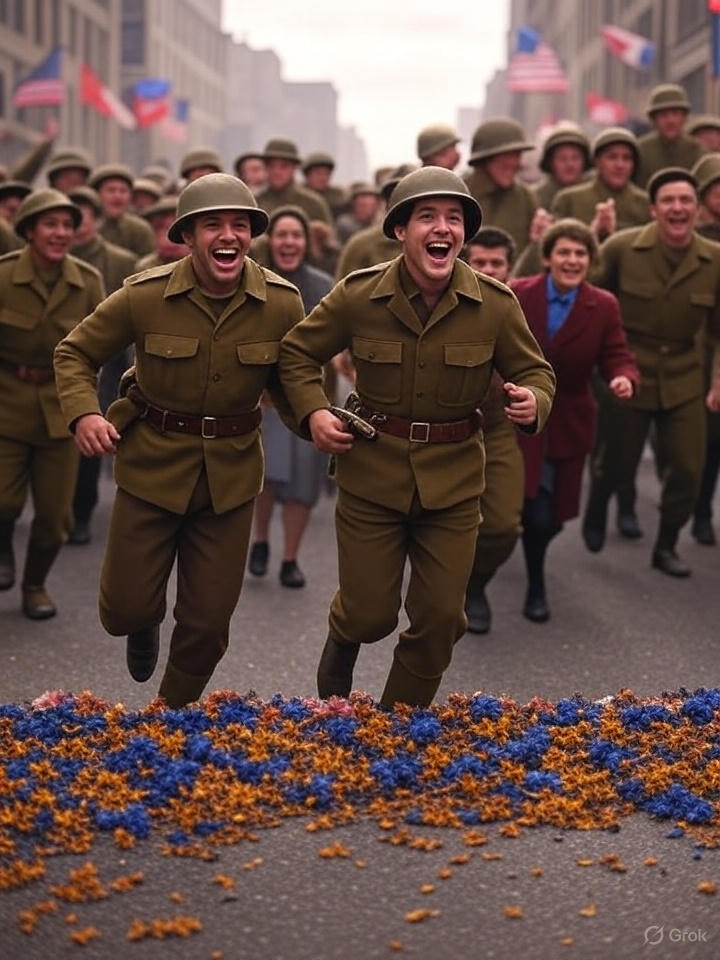
The numbers were staggering. Over 14 million soldiers and civilians had died worldwide. For America, 48,909 military personnel died in battle. Another 63,523 died from disease, with about 40,000 of those deaths caused by the influenza pandemic that hit near the end of the war. Over 230,000 American soldiers suffered non-fatal wounds.
The financial cost was enormous, too. Economist John Maurice Clark calculated that the war cost America about $32 billion – nearly half of the entire national economy in 1918.
America Emerges as a World Power
World War I transformed the United States from an isolationist nation into a global superpower. American industry had grown massively to supply the war effort. American banks had loaned billions to European allies. Moreover, American military might had helped tip the balance in the war’s final year.
The war proved that America could no longer hide behind its oceans. In an increasingly connected world, European conflicts would inevitably become American problems too. The doughboys who sailed to France in 1917 and 1918 were not just fighting Germany – they were fighting to secure America’s place as a leader on the world stage.
Though America would try to retreat into isolationism again after the war, World War I had changed everything. The nation that had once avoided foreign entanglements was now the world’s most powerful country, whether it wanted that responsibility or not.

